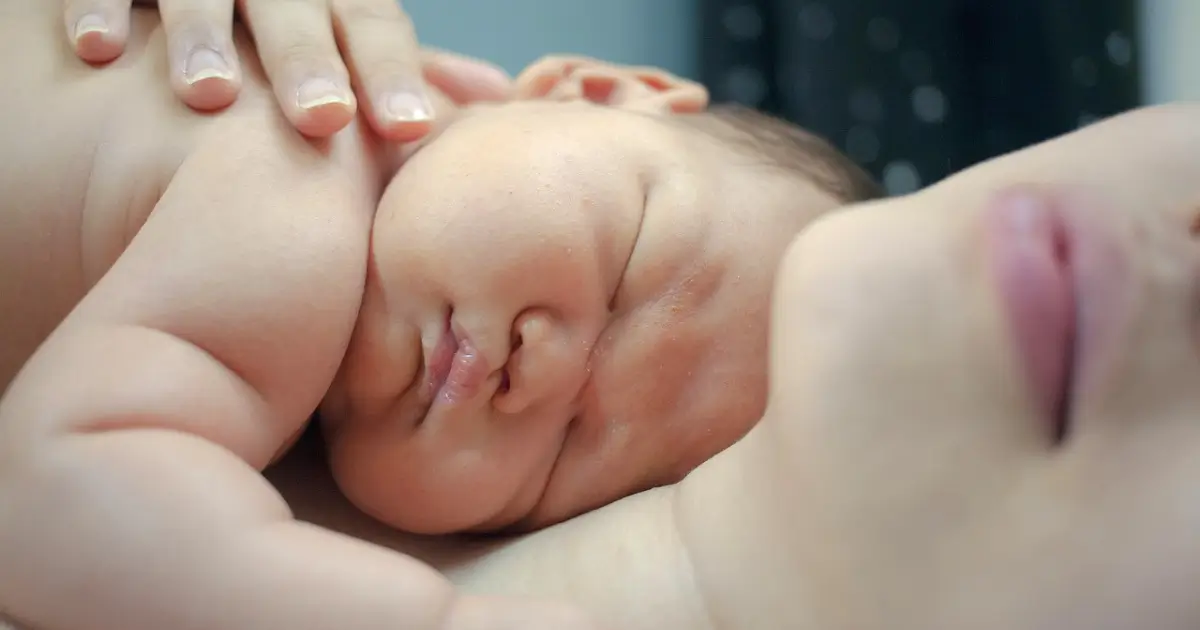Understanding Your Baby’s Clingy Behavior and How to Manage It
Having a Velcro Baby can feel overwhelming, especially for new parents. This term is used to describe a baby who constantly wants to be held, is particularly clingy, and seems to have an unshakable attachment to their caregiver. If your baby is showing signs of being a Velcro Baby, you’re not alone. In fact, many parents go through similar experiences. Understanding the causes of this behavior and learning how to cope with it is crucial for both your well-being and your baby’s development.
In this article, we will dive deep into what a Velcro Baby is, why it happens, and provide you with effective strategies to cope with your baby’s clingy behavior.
Table of Contents
What Is a Velcro Baby?
A Velcro Baby refers to a baby who shows an intense need for closeness and physical attachment to their primary caregiver. This term comes from the idea that the baby is metaphorically “stuck” to their caregiver, much like Velcro, and doesn’t want to be apart for long periods.
Unlike typical developmental milestones where babies begin to explore and interact with their environment, Velcro Babies tend to resist this independence. They may cry, become fussy, or act distressed when separated from their caregiver, even for short periods.
This clinginess can manifest in various ways, such as:
- Excessive crying when placed in a crib or left alone for a moment.
- Refusing to be held by anyone else except the primary caregiver.
- Distress when separated, even if it’s just for a few minutes.
- Desire to be in close physical proximity to the caregiver at all times.
While this behavior can be exhausting, it is important to recognize that it’s a phase many babies go through.
Why Do Some Babies Become Velcro Babies?
Understanding why a Velcro Baby develops this behavior is key to managing it effectively. There are several common causes for a baby’s clinginess, and most of them are completely normal parts of infant development.
1. Attachment Theory and Bonding
One of the primary reasons your baby might become Velcro-like is because of their attachment to you. According to attachment theory, babies need to form a secure emotional connection with their caregivers to feel safe and loved. This attachment is critical for their development and emotional well-being.
Babies who form strong attachments to their caregivers are more likely to seek physical closeness. This behavior helps them feel secure and reassured. While it can be challenging at times, it’s important to remember that your baby’s clinginess is a sign of their need for you to meet their emotional and physical needs.
2. Separation Anxiety
Around 6 to 9 months, many babies experience separation anxiety. This is a phase where they become more aware of their surroundings and start to realize that they can be separated from their parents. As a result, they may start to feel anxious and upset when not in the caregiver’s presence.
Separation anxiety can lead to clinginess, as your baby may not fully understand that you’ll return when you leave the room. This can cause distress, leading them to cry or become agitated when separated from you.
3. Growth Spurts and Developmental Changes
Babies undergo rapid physical and cognitive growth, especially in their first year. These growth spurts can cause emotional fluctuations, making them seek more comfort and reassurance from their caregivers. During these times, your baby may become more clingy and need extra attention, even if they were previously more independent.
4. Teething and Physical Discomfort
Teething can be a painful process for babies, and it often causes them to feel more irritable and clingy. When your baby is teething, they may seek extra comfort, which can translate into more physical closeness. The discomfort from sore gums and the overall frustration of teething can make your baby feel insecure, causing them to want to be held more often.
5. Changes in Routine or Environment
Babies thrive on routine, and any changes to their environment can disrupt their sense of security. Moving to a new home, a shift in caregivers, or even starting daycare can cause your baby to become more clingy as they adjust to the changes. The sense of uncertainty can lead them to seek constant reassurance from you.
How to Cope with a Velcro Baby

While it can feel exhausting at times, dealing with a Velcro Baby is entirely manageable with the right approach. Here are several strategies to help you cope with your baby’s clinginess while fostering their development.
1. Establish a Consistent Routine
Babies feel more secure when they know what to expect. Establishing a consistent daily routine helps your baby feel safe and in control of their environment. This can help alleviate some of the anxiety that may be causing their clinginess.
Create a structured schedule for feeding, naps, playtime, and bedtime. When your baby knows that certain events happen at specific times, it can help them feel more secure and reduce the need for constant reassurance.
2. Gradual Separation
If your baby is experiencing separation anxiety, try gradual separation to ease them into being apart from you. Start with short separations, such as stepping out of the room for a few moments, and gradually increase the duration as they become more comfortable.
Let your baby know that you are leaving, and always return as promised. This will help them understand that you will come back, making future separations less distressing.
3. Comfort and Reassurance
When your baby is feeling particularly clingy, they may need extra comfort. Hold your baby close when they need it, but try to avoid creating a pattern of constant physical attachment. Gently reassure them that you are there, even if you need to step away for a moment.
If your baby is having trouble adjusting to being put down, consider using a baby carrier to keep them close while still giving you some freedom of movement. This can be a good solution when you need to get things done but don’t want to leave your baby feeling distressed.
4. Encourage Independent Play
While your baby may naturally gravitate toward you for comfort, it’s also important to encourage some independent play. Create a safe and stimulating environment where your baby can explore toys and interact with their surroundings. This will help them build confidence and begin to understand that they can entertain themselves, even if you are not immediately present.
5. Take Care of Yourself
Caring for a Velcro Baby can be physically and emotionally draining. It’s essential that you also take time for yourself. Don’t be afraid to ask for help from a partner, family member, or friend so that you can take breaks and recharge.
FAQs About Velcro Babies
What is the typical age for a Velcro Baby?
Most babies go through a phase of clinginess between the ages of 6 to 12 months, as they experience separation anxiety and increased attachment to their caregivers. However, every baby is different, and some may experience this behavior for a shorter or longer period.
Can I spoil my baby by holding them too much?
No, it’s nearly impossible to spoil a baby under 1 year old. During the first year, babies rely on their caregivers for comfort and reassurance. Holding your baby when they need it helps build trust and a secure attachment, which is essential for their emotional development.
How long will my Velcro Baby phase last?
The Velcro Baby phase varies from child to child. For some babies, it may last a few weeks, while others may exhibit clingy behavior for several months. The key is to provide consistency, comfort, and reassurance while allowing your baby to gradually gain independence.
Are there any long-term effects of having a Velcro Baby?
In most cases, being a Velcro Baby is a normal developmental phase that does not have any long-term negative effects. In fact, developing a strong bond with a primary caregiver during this stage can promote healthy emotional development. However, if the behavior persists beyond the typical age range, it’s important to consult a pediatrician.
Having a Velcro Baby can be both challenging and rewarding. By understanding the causes of clinginess and implementing strategies to cope with it, you can help your baby navigate this phase in a healthy, supportive way. Remember, the Velcro Baby stage is temporary, and with your guidance, your baby will grow more independent as they continue to develop emotionally and cognitively.
By providing comfort, reassurance, and a structured routine, you’ll help your baby feel secure while also creating a balanced approach to fostering their independence. And, most importantly, take care of yourself as you navigate this phase together.
